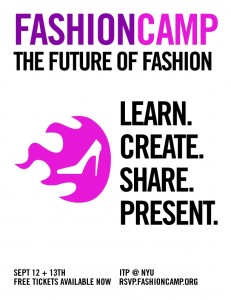As posted from ACM today,
University of Leeds researchers have developed new multimedia technology that will enable musicians to use three-dimensional (3D) computer analysis to improve their technique. Professor Kai Ng has created i-Maestro 3D Augmented Mirror (AMIR), a system that records a musician’s posture and movement while they play, using motion capture and maps the results against ideal performance settings. “Many musicians already use video recordings of their performance to analyze technique, but this only provides a 2D image,” Ng says. “The 3D image and analysis provided by AMIR will be of immense value to musicians and teachers alike.” The prototype was designed for musicians playing stringed instruments, but AMIR could be adapted for other instruments. AMIR works by following markers attached to key points on the instrument and the musician’s body and recording the movement on 12 cameras at 200 frames per second. Bow speed, angle, and position are measured for real-time analysis and feedback. The system also uses a Wii Balance Board to monitor data on the musician’s balance. The musician or teacher can see and hear a video of the performance along with an on-screen analysis of posture and bow technique, and can even go through the performance frame by frame if necessary.
Basically, the university has come up with a way for musicians to use 3-D technology to improve their playing technique. It compares a musician’s body movements to “ideal performance settings”. This is interesting because for professional musicians, who’s to say what the ideal performance setting is? This tool is using technology to apply an objective judgment of a musicians body position in order to affect the (subjective) sound quality of their playing.
Admittedly, I think that most people who would benefit from this tool are students, not necessarily concert musicians, who probably are holding their body in an awkward body position, and thus maybe contributing to a poor or impaired sound quality.
For dance/movement arts, I doubt that this tool could be used for “ideal performance settings” since body position in a performance is mostly up to the choreographer to decide. However, I do think this would be useful for dancers or others wanting to improve their sense of balance and body control – such as the elderly, people with physical or motor disabilities, or people recovering from injuries. Wow…I hope I can invent something like this one day!
The full article is available as a press release at the University of Leeds website. The website has other links, but here’s a link to some screen captures of the tool.
Press Release – http://www.leeds.ac.uk/media/press_releases/current09/i_maestro.htm
Screen Capture – http://www.i-maestro.org/contenuti/contenuto.php?contenuto_id=52&tool=gp

